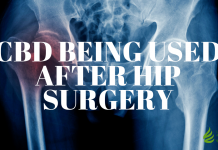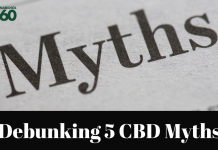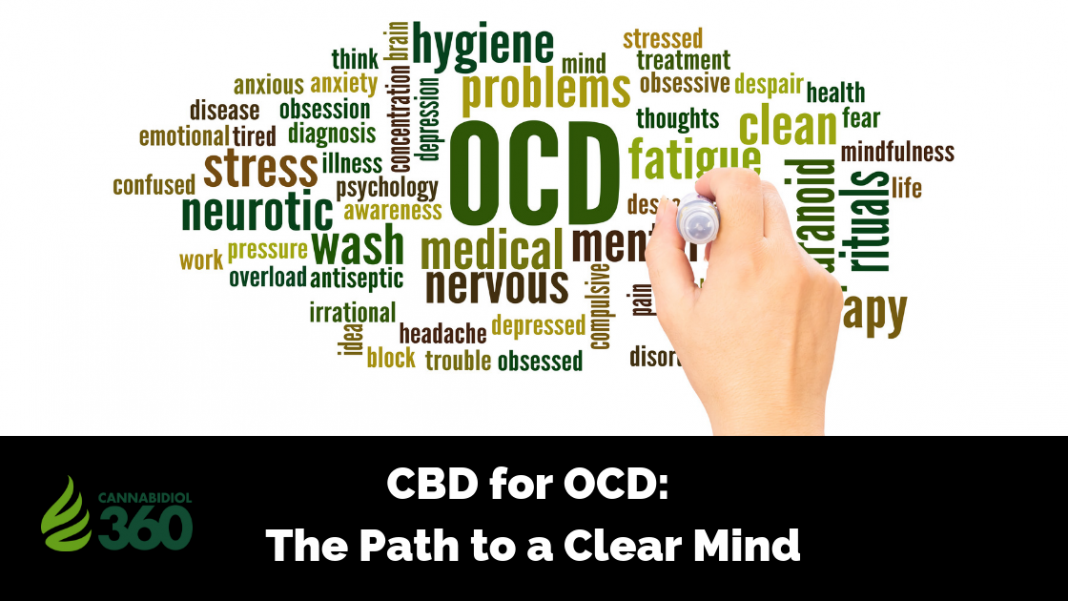
Little habits like excessive cleaning or only eating one color M&Ms. These are not just the person being annoying and impossibly difficult. This is a form of a mental disorder.
Obsessive Compulsive disorder is a condition in which the person experiences uncontrollable recurring thoughts. They are then forced by their own mind to act out a compulsion as a way to relieve that obsession. While the person is struggling to ignore the compulsion, anxiety levels skyrocket.
Studies have shown that this condition is brought about by a malfunction some parts of the brain.
Self-Awareness
Studies have shown that everyone experiences nagging thoughts from time to time. What separates a healthy person from one with OCD is the inability to leave behind these thoughts. The inability to ignore the compulsion. Diagnosis is based on this fact. It must interfere with daily routine and social interactions. It must be time consuming with a significant amount of distress.
Most OCD patients know that what they are doing is not normal. They can realize and appreciate that there is something wrong that requires attention and remedy.
Synaptic Mechanism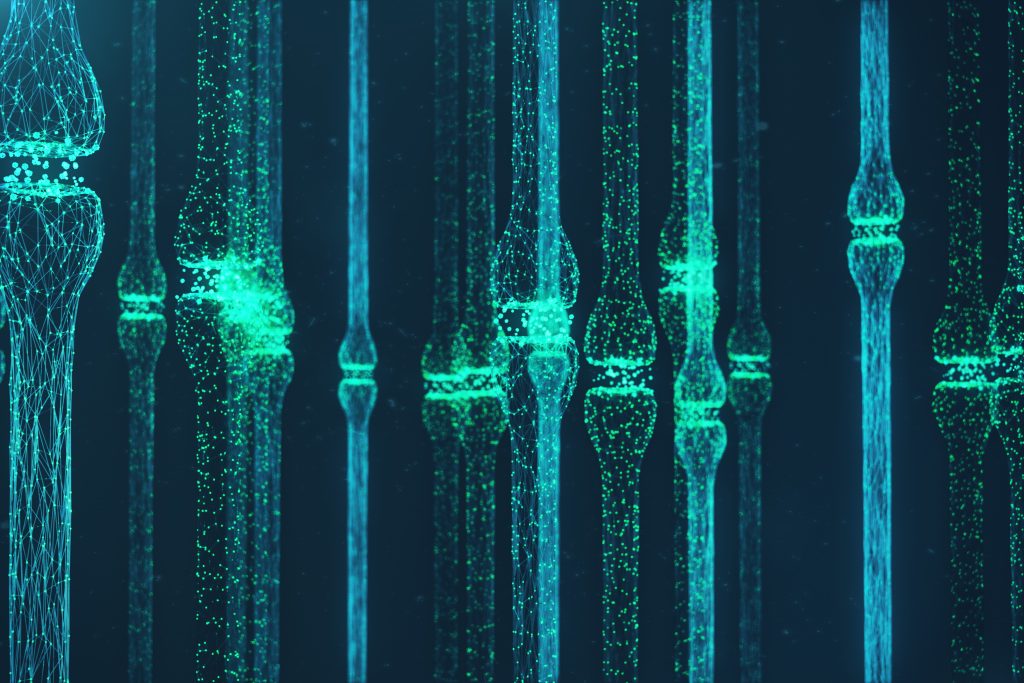
The hippocampus, amygdala, and basal ganglia are all involved in the development of OCD. Over activity and overload of messaging brings about a shut down and inability to relay messages properly. A typical conversation involves pre-synaptic and postsynaptic cells. The pre-synaptic cell emits charged neurotransmitters, which are then directed to the postsynaptic cells.
In a healthy brain, the conversation is able to remain smooth because the endocannabinoids step in when the pre-synaptic cells are being a little too excited. Like that friend steps in with a hand on your shoulder when you start to ramble at a thousand words per minute. We all have that one friend who will remind you to take a deep breath when you start to run your mouth. The endocannabinoids are that friend. In scientific terms, this is called retrograde signaling.
Over-Excitement
In a person with an anxiety disorder like OCD, this friend is temporarily disabled. They are unable to calm the pre-synaptic cells down. Therefore, the overexcited pre-synaptic cells send too much information in the form of excessive charged neurotransmitters. So many that the postsynaptic cells are unable to take all of it. Therefore, they do the only thing that they can, they shut down.
With the brain cells incapacitated and unable to communicate as they should, things stagnate. Alarms begin to sound in the head.
To Limit Serotonin Re-Uptake
In the view of serotonin, which is a neurotransmitter, they are then reabsorbed by the pre-synaptic cells. This re-absorption causes production to cease. It also inhibits pre-synaptic action. Anxiety develops and the fear is worsened.
With so much chaos in the head, the person will have trouble making sense of anything. Therefore, they hang on to the only thing that they can, a repetitive action that they hope with calm all the activity in the brain. This is akin to having the mind turn against you. Human beings are driven by their conscious. When one is in battle with that then they might as well be out at sea without navigation.
OCD Treatment
OCD is treated by therapy and Selective Serotonin Re-uptake Inhibitors or SSRIs. These limit reabsorption of the serotonin into the presynaptic cells. This works to smooth communication between both sending and receiving cells. It also invreases the amount of serotonin in the serotonin cleft.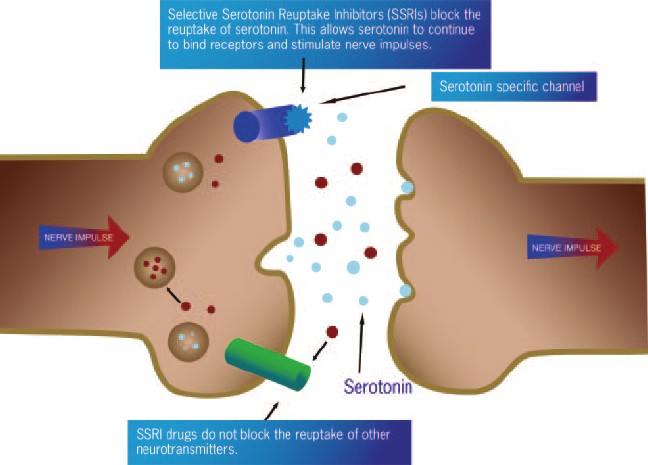
Regular anti-depressants and other suc drugs are used to achieve this. However, these drugs have some debilitating side effects that might end up worsening the OCD over time. One is also bound to develop tolerance and dependence. This means that over time, the drug demands that you increase dosage. It also demands that you take it all the time even when you are not supposed to. This is usually brought on by a malfunction or damage of the reward pathways.
This is where CBD steps in. It can help the SSRIs work better. CBD works with the 5-HT1A to regulate serotonin action. This is a serotonin receptor, which is located in the pre-synaptic and postsynaptic areas. It is a major player in the mechanism of action of anxiolytic medications. Through this action, it is able to act as an SSRI of sorts.
Less Marble Burying
The University of Sao Palo conducted a research to look into CBD and OCD. They administered a synthetic psychoactive drug found in ecstasy to laboratory rats. This drug is known to induce panic attacks and worsen OCD symptoms. The drug has also been found to inhibit SSRI action.
Then the rats were then subjected to a marble burying test in a bid to establish baseline OCD behavior. CBD was afterwards administered at two different levels. One portion of the group was administered wit 15mg/kg of CBD while another got 30mg/kg.
It was found that OCD behavior decreased significantly even in the lower dosage portion of the subject pool. Marble burying was minimized. This study was published in the journal of Fundamental & Clinical Pharmacology. Another study was conducted in the UK in 2012. It was found that the rats had decreased OCD markers after administration of CBD.
CBD Before/With Therapy
The researchers who conducted the above study outlined that the outcome of therapy would be improved if CBD were taken before each session. There are two forms of therapy for OCD patients. The first is cognitive behavioral therapy. This is a form of therapy that focuses on problem solving rather than analysis. It is a way for the patient to learn to deal with the problem.
CBD before this session would ensure he patient stays open to suggestion. It would keep their fear and obsessions from getting in the way of proper treatment. Another form of therapy is exposure therapy. The patient is exposed to their triggers over and over until they become numb to it. The first few times would be brutal. CBD would help keep feelings in check. It would ensure that the brain does not go into overdrive until such a time that the stimulus is not a trigger anymore.
Spear the Fear 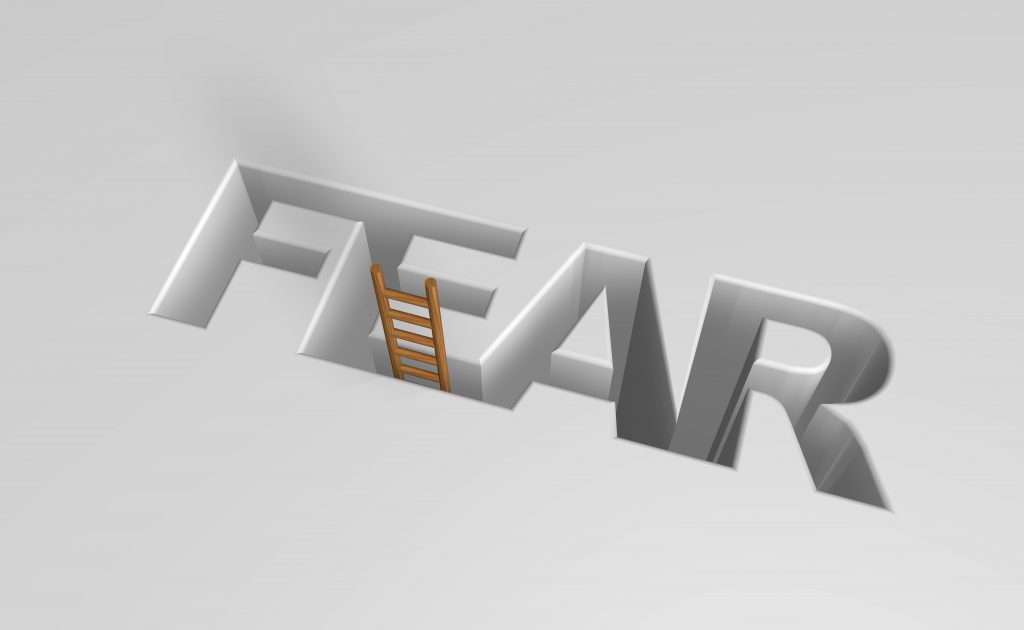
Most OCD cases are rooted in a deep and visceral fear. Fear for safety or even fear of contamination. Fear is a major player in the development of OCD. Fear is not entirely bad. It is a perfectly healthy response in some situations. It only becomes a problem when it causes problems like OCD. The amygdale is the fear center in the brain.
Research has found that there are cannabinoid receptors in the amygdala. This offers an avenue for CBD to work on some of those irrational fears that bring about OCD.
CBD Administration
In administration of medication, there is the idea of extended release. The medication is consumed then released gradually into the blood stream. The action of such a medication will be slow but the effects will last long. A CBD transdermal patch, pill, or edible would work in this way. There is also the immediate release, which is a quick hard hit. Sublingual or inhalation would produce this kind of effect.
With relation to OCD, it is important to be aware of the onset of symptoms. After one is out of the red and they can function without the constantly medicating, you can then keep the immediate release medication at hand. The important thing to know with respect to this is the desired purpose. It is always prudent to have both kinds at your disposal though.
Chill Under the Cloud
It is advisable to go for an indica strain. Indica strains produce more body-wide effects. They help the person slow down and become mellow. However, these can cause sleep and are therefore better utilized in the evening. A sativa strain is stimulant. It causes strong brain focused effects. These have been found to exacerbate underlying anxiety and paranoia.



